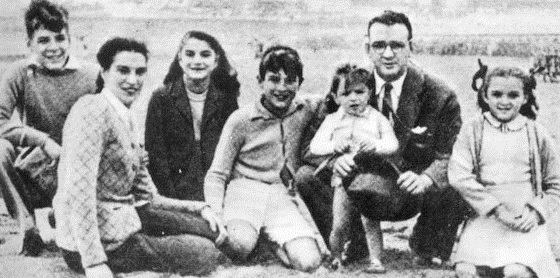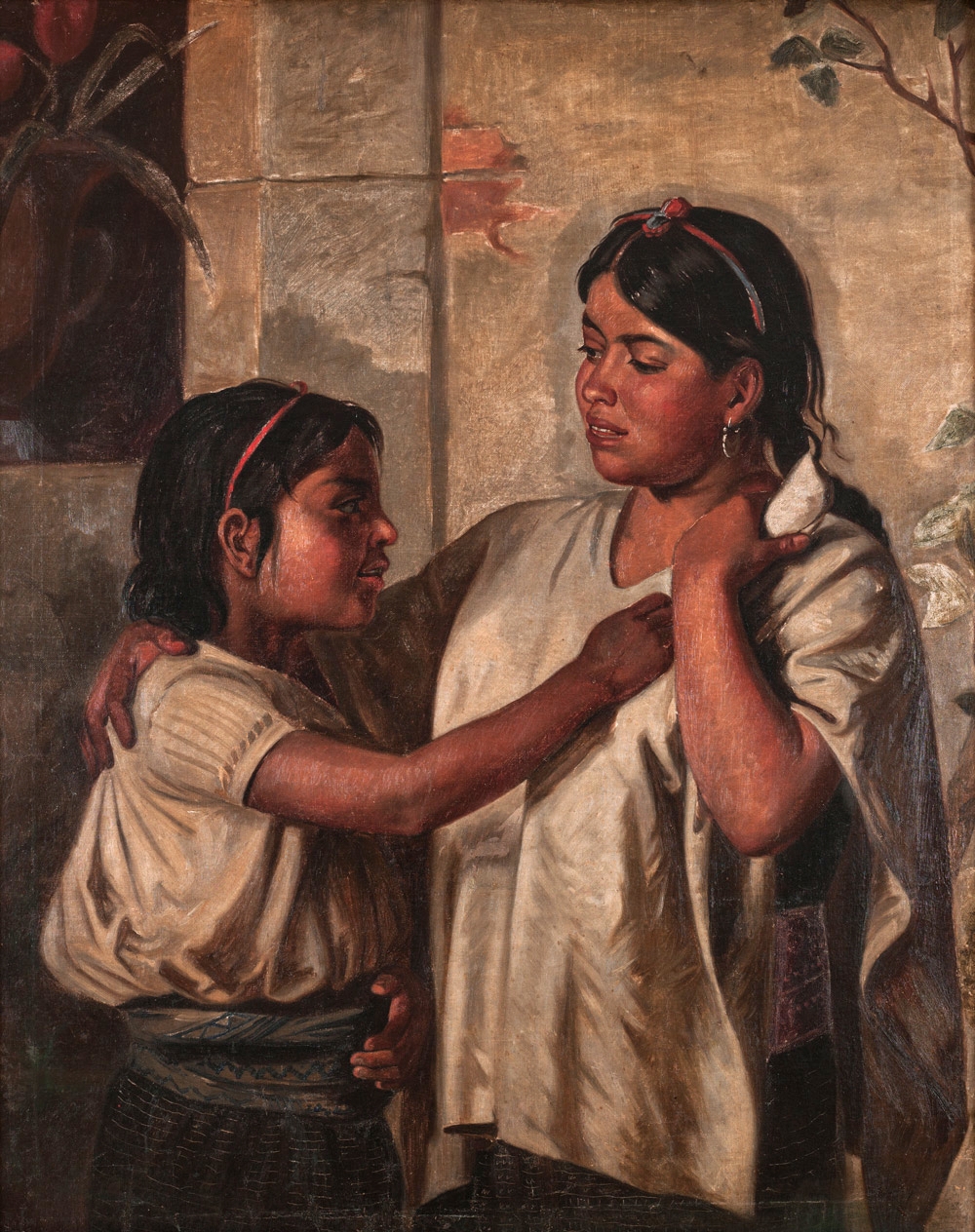|
Ejército Zapatista De Liberación Nacional
The Zapatista Army of National Liberation (, EZLN), often referred to as the Zapatistas (Mexican ), is a Far-left politics, far-left political and militant group that controls a Rebel Zapatista Autonomous Municipalities, substantial amount of territory in Chiapas, the southernmost state of Mexico. Since 1994, the group has been nominally at war with the Mexican state (although it may be described at this point as a frozen conflict). The EZLN used a strategy of civil resistance. The Zapatistas' main body is made up of mostly rural Indigenous peoples of Mexico, indigenous people, but it includes some supporters in urban areas and internationally. The EZLN's main spokesperson is Subcomandante Marcos, Subcomandante Insurgente Galeano, previously known as Subcomandante Marcos (a.k.a. Compañero Galeano and Delegate Zero in relation to "the Other Campaign"). Unlike other Zapatista spokespeople, Marcos is not an indigenous Maya peoples, Maya. The group takes its name from Emiliano Zap ... [...More Info...] [...Related Items...] OR: [Wikipedia] [Google] [Baidu] |
Popular Revolutionary Army
The Popular Revolutionary Army or Ejercito Popular Revolucionario is a leftist guerrilla movement in Mexico. Though it operates mainly in the state of Guerrero, it has conducted operations in other southern-Mexico states, including Oaxaca, Chiapas, Guanajuato, Tlaxcala and Veracruz. The EPR announced its existence on June 28, 1996 at the commemoration of the Aguas Blancas massacre one year earlier. Dozens of rebels, carrying AK-47 and AR-15 rifles, declared war against the Mexican government and read aloud the "Aguas Blancas Manifesto", as well as firing 17 shots into the air to pay respect to the 17 who died in the massacre. Political ideology The Popular Revolutionary Army advocates socialist peasant revolution. Subcomandante Marcos has distanced the EZLN from the EPR in his communiqués, largely because of the EPR activities in the state of Chiapas in the midst of peace talks in 1996 and 1997. The EPR though still asserts its support of the Zapatistas. The Popular Revolut ... [...More Info...] [...Related Items...] OR: [Wikipedia] [Google] [Baidu] |
Libertarian Socialism
Libertarian socialism, also known by various other names, is a left-wing,Diemer, Ulli (1997)"What Is Libertarian Socialism?" The Anarchist Library. Retrieved 4 August 2019. anti-authoritarian, anti-statist and libertarianLong, Roderick T. (2012). "Anarchism". In Gaus, Gerald F.; D'Agostino, Fred, eds. ''The Routledge Companion to Social and Political Philosophy''. p. 223. "In the meantime, anarchist theories of a more communist or collectivist character had been developing as well. One important pioneer is French anarcho-communistes Joseph Déjacque (1821–1864), who ..appears to have been the first thinker to adopt the term 'libertarian' for this position; hence 'libertarianism' initially denoted a communist rather than a free-market ideology." political philosophy within the socialist movement which rejects the state's control of the economy under state socialism. Overlapping with anarchism and libertarianism, libertarian socialists criticize wage slavery relationships with ... [...More Info...] [...Related Items...] OR: [Wikipedia] [Google] [Baidu] |
Che Guevara
Ernesto Che Guevara (; 14 June 1928The date of birth recorded on /upload.wikimedia.org/wikipedia/commons/7/78/Ernesto_Guevara_Acta_de_Nacimiento.jpg his birth certificatewas 14 June 1928, although one tertiary source, (Julia Constenla, quoted by Jon Lee Anderson), asserts that he was actually born on 14 May of that year. Constenla alleges that she was told by Che's mother, Celia de la Serna, that she was already pregnant when she and Ernesto Guevara Lynch were married and that the date on the birth certificate of their son was forged to make it appear that he was born a month later than the actual date to avoid scandal. ( Anderson 1997, pp. 3, 769.) – 9 October 1967) was an Argentine Marxist revolutionary. A major figure of the Cuban Revolution, his stylized visage has become a ubiquitous countercultural symbol of rebellion and global insignia in popular culture. As a young medical student, Guevara traveled throughout South America and was radicalized by the poverty, hunger, ... [...More Info...] [...Related Items...] OR: [Wikipedia] [Google] [Baidu] |
Mexican Revolution
The Mexican Revolution ( es, Revolución Mexicana) was an extended sequence of armed regional conflicts in Mexico from approximately 1910 to 1920. It has been called "the defining event of modern Mexican history". It resulted in the destruction of the Federal Army and its replacement by a revolutionary army, and the transformation of Mexican culture and Federal government of Mexico, government. The northern Constitutionalists in the Mexican Revolution, Constitutionalist faction prevailed on the battlefield and drafted the present-day Constitution of Mexico, which aimed to create a strong central government. Revolutionary generals held power from 1920 to 1940. The revolutionary conflict was primarily a civil war, but foreign powers, having important economic and strategic interests in Mexico, figured in the outcome of Mexico's power struggles. The United States involvement in the Mexican Revolution, United States played an especially significant role. Although the decades-long r ... [...More Info...] [...Related Items...] OR: [Wikipedia] [Google] [Baidu] |
Liberation Army Of The South
The Liberation Army of the South ( es, Ejército Libertador del Sur, ELS) was a guerrilla force led for most of its existence by Emiliano Zapata that took part in the Mexican Revolution from 1911 to 1920. During that time, the Zapatistas fought against the national governments of Porfirio Díaz, Francisco Madero, Victoriano Huerta, and Venustiano Carranza. Their goal was rural land reform, specifically reclaiming communal lands stolen by hacendados in the period before the revolution. Although rarely active outside their base in Morelos, they allied with Pancho Villa to support the Conventionists against the Carrancistas. After Villa's defeat, the Zapatistas remained in open rebellion. It was only after Zapata's 1919 assassination and the overthrow of the Carranza government that Zapata's successor, Gildardo Magaña, negotiated peace with President Álvaro Obregón. Background The Zapatistas were formed in Morelos, a small and densely populated state with a largely agri ... [...More Info...] [...Related Items...] OR: [Wikipedia] [Google] [Baidu] |
Emiliano Zapata
Emiliano Zapata Salazar (; August 8, 1879 – April 10, 1919) was a Mexican revolutionary. He was a leading figure in the Mexican Revolution of 1910–1920, the main leader of the people's revolution in the Mexican state of Morelos, and the inspiration of the agrarian movement called ''Zapatismo''. Zapata was born in the rural village of Anenecuilco in Morelos, in an era when peasant communities came under increasing repression from the small-landowning class who monopolized land and water resources for sugarcane production with the support of dictator Porfirio Díaz (President from 1877 to 1880 and 1884 to 1911). Zapata early on participated in political movements against Díaz and the landowning '' hacendados'', and when the Revolution broke out in 1910 he became a leader of the peasant revolt in Morelos. Cooperating with a number of other peasant leaders, he formed the Liberation Army of the South, of which he soon became the undisputed leader. Zapata's forces contributed to ... [...More Info...] [...Related Items...] OR: [Wikipedia] [Google] [Baidu] |
Maya Peoples
The Maya peoples () are an ethnolinguistic group of Indigenous peoples of the Americas, indigenous peoples of Mesoamerica. The ancient Maya civilization was formed by members of this group, and today's Maya are generally descended from people who lived within that historical region. Today they inhabit southern Mexico, Guatemala, Belize, El Salvador, and Honduras. "Maya" is a modern collective term for the peoples of the region, however, the term was not historically used by the indigenous populations themselves. There was no common sense of identity or political unity among the distinct populations, societies and ethnic groups because they each had their own particular traditions, cultures and historical identity. It is estimated that seven million Maya were living in this area at the start of the 21st century. Guatemala, southern Mexico and the Yucatán Peninsula, Belize, El Salvador, and western Honduras have managed to maintain numerous remnants of their ancient cultural her ... [...More Info...] [...Related Items...] OR: [Wikipedia] [Google] [Baidu] |
The Other Campaign
The Other Campaign ( es, La otra campaña) is a political program by the Zapatista Army of National Liberation for the recognition and protection of indigenous rights and autonomy in Mexico.Mora, M. (2007). Zapatista anticapitalist politics and the "Other Campaign". ''Latin American Perspectives, 34''(2), 64-77. This program began in January 2006, and sent Subcomandante Marcos, the main spokesperson for the campaign, to travel across Mexico for several months.Marcos, S. (2006). ''The other campaign''. San Francisco: City Lights Books. This tour was intended to create connections among the Zapatistas and pre-existing resistance groups throughout Mexico. Throughout the campaign, the Zapatistas met with a diverse number of groups and organizations, such as trade union organizers, indigenous leaders, intellectuals, feminists and women's rights activists, LGBT people, advocates for human rights, students, environmental activists, fishermen, factory workers, natural disaster victims, p ... [...More Info...] [...Related Items...] OR: [Wikipedia] [Google] [Baidu] |
Indigenous Peoples Of Mexico
Indigenous peoples of Mexico ( es, gente indígena de México, pueblos indígenas de México), Native Mexicans ( es, nativos mexicanos) or Mexican Native Americans ( es, pueblos originarios de México, lit=Original peoples of Mexico), are those who are part of communities that trace their roots back to populations and communities that existed in what is now Mexico before the arrival of the Spanish. The number of indigenous Mexicans is defined through the second article of the Mexican Constitution. The Mexican census does not classify individuals by race, using the cultural- ethnicity of indigenous communities that preserve their indigenous languages, traditions, beliefs, and cultures. According to the National Indigenous Institute (INI) and the National Institute of Indigenous Peoples (CDI), in 2012 the indigenous population was approximately 15 million people, divided into 68 ethnic groups. The 2020 Censo General de Población y Vivienda reported 11.8 million people living in ... [...More Info...] [...Related Items...] OR: [Wikipedia] [Google] [Baidu] |
Civil Resistance
Civil resistance is political action that relies on the use of nonviolent resistance by ordinary people to challenge a particular power, force, policy or regime. Civil resistance operates through appeals to the adversary, pressure and coercion: it can involve systematic attempts to undermine or expose the adversary's sources of power (or pillars of support, such as police, military, clergy, business elite, etc.). Forms of action have included demonstrations, vigils and petitions; strikes, go-slows, boycotts and emigration movements; and sit-ins, occupations, constructive program, and the creation of parallel institutions of government. Some civil resistance movements' motivations for avoiding violence are generally related to context, including a society's values and its experience of war and violence, rather than to any absolute ethical principle. Civil resistance cases can be found throughout history and in many modern struggles, against both tyrannical rulers and democratical ... [...More Info...] [...Related Items...] OR: [Wikipedia] [Google] [Baidu] |
Frozen Conflict
In international relations, a frozen conflict is a situation in which active armed conflict has been brought to an end, but no peace treaty or other political framework resolves the conflict to the satisfaction of the combatants. Therefore, legally the conflict can start again at any moment, creating an environment of insecurity and instability. The term has been commonly used for post-Soviet conflicts, but it has also often been applied to other extended and unresolved territorial disputes. The ''de facto'' situation that emerges may or may not match the official position asserted by either party to the conflict. For example, in the division of Korea both South Korea and North Korea officially assert claims to the entire peninsula; however, there exists a well-defined border between the two countries' areas of control. Frozen conflicts sometimes result in partially recognized states. For example, the Republic of South Ossetia, a product of the frozen Georgian–Ossetian confli ... [...More Info...] [...Related Items...] OR: [Wikipedia] [Google] [Baidu] |







